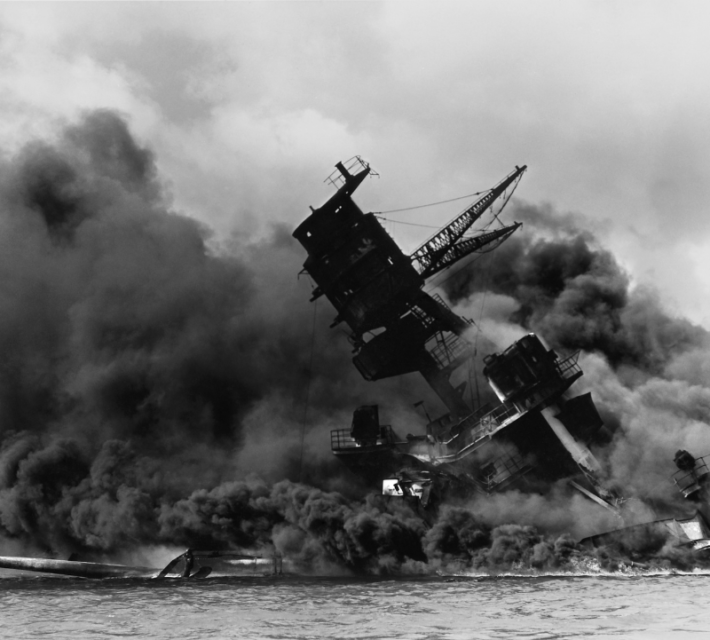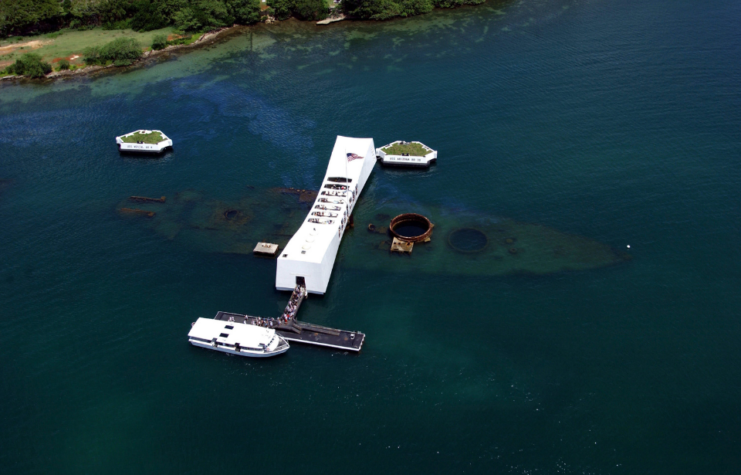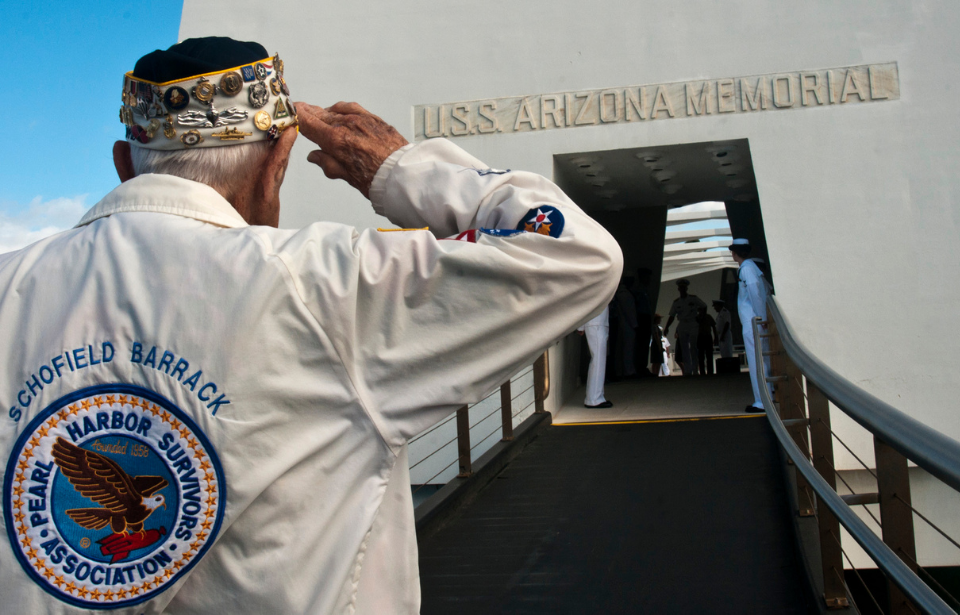The U.S. military has found itself in a tough situation regarding the identification of 85 sailors from the USS Arizona. In particular, the Defense POW/MIA Accounting Agency (DPAA), the Navy, and the Pentagon are the ones dealing with the situation, which is a battle between unhappy families across the U.S. and budgetary constraints.
Defense POW/MIA Accounting Agency‘s role is to recover and identify missing service members who were involved in U.S. conflicts. The recent controversy was sparked when the DPAA suggested disinterring 85 unidentified sailors from the USS Arizona, who are currently buried in the National Memorial Cemetery of the Pacific in Honolulu, Hawaii. These 85 men would then be placed back into the wreck of the USS Arizona, unidentified.
This unprecedented move has understandably upset many people, as it will not allow the “unknowns” the same process of identification performed by the agency for hundreds of other service members.
USS Arizona
The USS Arizona is one of the war’s most well-known tragedies, having been lost when it was hit by Japanese aircraft while docked at Pearl Harbor. The ship, which was commissioned on 17 October 1916, was completely destroyed when one of its magazines detonated in a cataclysmic explosion. The explosion caused irreparable damage to the ship and started fires that raged for days after. Of the 1,512 men on board the ship, 1,177 were killed.

The ship sank to the bottom of the harbor, where it still remains today with 900 sailors entombed inside. It is now a sacred place for the U.S., who often place surviving veterans back into the ship upon their passing, so they can rest with their fellow crewmen.
The DPAA’s approach to the 85 USS Arizona sailors in the Punchbowl cemetery is not the same as with the USS Oklahoma‘s crew. Hundreds of unknown sailors from the ship, which was also sunk at Pearl Harbor, were disinterred at the Punchbowl cemetery and identified.
The DPAA is also planning to disinter and identify 400 unknowns who died aboard Japanese transport ships as POWs. Because of this, many families of USS Arizona victims feel their relatives are not being given the same treatment.
“They fly all over the world to bring our servicemen home and identify them and return them to their families,” said Teri Mann-Whyatt, whose uncle served aboard the USS Arizona. “The USS Arizona is a flagship in our country to never forget, and we’re going to forget them?” She continued. “Why are they not important? Why are they not worth it?”
“We know that there’s means to identify them, and the Arizona members and their families deserve everything that everyone else has been given.”
Why can’t the Arizona‘s sailors be identified?
The DPAA has the ability to identify the sailors, but not the resources. The agency said the identification process for the 85 sailors from the USS Arizona will need vastly more resources than was needed to identify the USS Oklahoma‘s men.

But even for the DPAA, the task of identifying the Arizona‘s 85 unknowns from the Punchbowl is something “we could never take on,” according to director Kelly McKeague. This is because DNA samples would have to be collected from the families of all 1,177 victims. This is simply a challenge too great for the DPAA with the resources they have.
“We have had preliminary discussions with the Navy, and one of the proposals that we have notionally talked about is to disinter all of them — not for the purpose of identification — but to entomb them in the hull of the Arizona along with their shipmates,” McKeague said. When discussing whether it would ever happen, he said “never is a strong word. Obviously, we could.”
“My point … was to say that right now, we have 12 of the 1,177 [DNA] family reference samples on file,” he said. “We have reviewed 700 of the 1, 177 wartime records, personnel records, [and] within that we only found dental records for 130. We only found stature measurements for about half of them. Without those two pieces of data, searching for, again, 1,177 family reference samples would be a monumental task.”
Regarding why the USS Oklahoma‘s 388 crewmen were identified but the same can’t happen for the Arizona, McKeague said, “All of them were there at the Punchbowl, as opposed to the Arizona, which is very unique that only 85 are there and the other 900-plus are in the hull of the ship.”
“We don’t have enough historical, biological, scientific evidence with which to pursue identification today.”
“In order to provide equitable treatment to all family members, it’s a balancing act for us to be able to assess the likelihood of identification in order to determine the appropriate use of limited resources,” he added. “That’s what it comes down to. So it’s a balancing act; limited dollars, limited capacity, and capabilities.”
More from us: Ämari Pilots’ Cemetery: An Abandoned Graveyard That Uses Airplanes As Gravestones
With this news, the identification of the 85 sailors is unfortunately unlikely to happen. For many families of the men lost on the ship, it is hard to hear that their relatives will not be given the same treatment as so many others. However, if there is any place these men should be laid to rest, it would be alongside their shipmates on the USS Arizona.
